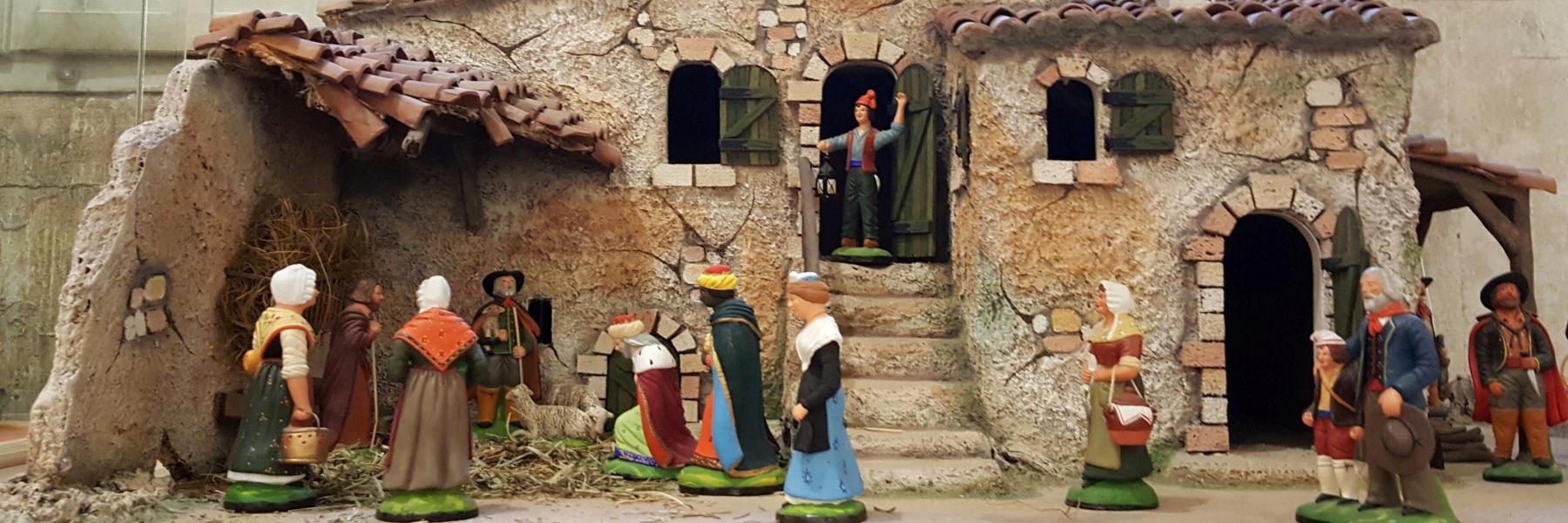

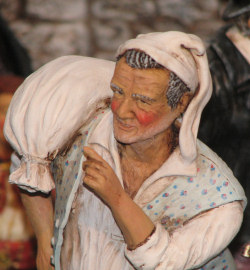
Originally, the family crib was limited to the characters of the Nativity: Mary, Joseph, the Child Jesus and the Three Kings.
The santonniers of Provence are inspired by the heritage of the old traditional trades of the small people of Marseille and the characters of the Pastoral, to make their santons.
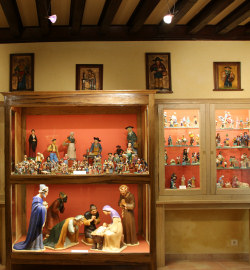
An exceptional and rare collection. Around 2000 works by the greatest Provencal santon makers of the past and present retrace the history of the Provencal santon from its origins to the present day: Marcel Carbonel, Paul Fouque, Thérèse Neveu, Roger Jouve, Simone Jouglas, Thierry Deymier, Liliane Guiomar, Christian Gayraud, Fernand Volaire.
14, arena roundabout. Open every day from 10 a.m. to 7 p.m., except Tuesday.
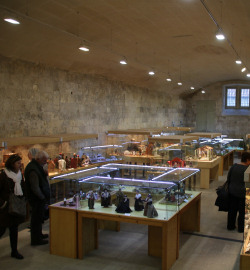
For more than 60 years, the Salon international des Santonniers has been held in the rooms of the Cloître Saint Trophime. The guests of honor - a santonnier and a country or region of the world - rub shoulders with Provencal santonniers.
It brings together the most beautiful representations of artisans from all over Provence, but also from very distant lands.
November to January.
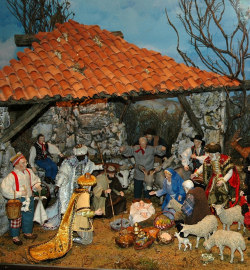
In the mythical Notre-Dame-de-La-Major church, Philippe Féret has been making a Provencal nativity scene for 25 years with more than 700 figurines in a cave setting.
December to February
You can also discover the cribs in the Saint Trophime and Saint Julien churches.
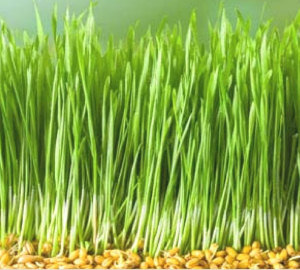
On December 4, each family germinates wheat or lentil seeds in three different saucers, symbols of the Trinity and of Hope. If the stems grow straight and very green the year will be prosperous. The cups are then placed in the family nursery.
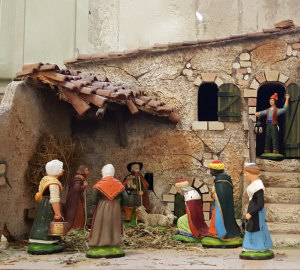
Provençal tradition dictates that in each house the santons, small clay figures, take place in the family crèche. They represent the Nativity but also emblematic characters from Arles and the Camargue:
• "le Ravi", who announces the good news
• "la bugadière", who washes the laundry
• the grinder, which sharpens cutting utensils
• the shepherd and his dog who keeps the sheep
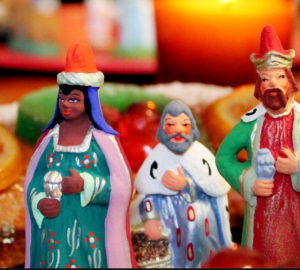
The Three Kings Melchior, Gaspard and Balthazar take their places in the crib. Nowadays we celebrate their arrival of the three wise men with the cake of the kings. In Provence, it is a brioche sprinkled with candied fruit and sugar. There is a bean and a santon inside the cake. The person who finds the bean becomes the king and the one who obtains the santon is then his subject.
Christmas traditions in Provence end on February 2 with the candlelight, that's when the crib is taken down.
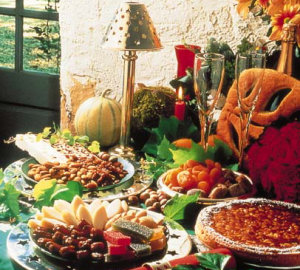
It begins with "cacho-fio": the youngest and oldest in the family choose a log from a fruit tree and then walk around the table three times. The "papé" places the log in the hearth and blesses it with mulled wine, saying these words:
"Cacho-fio" (Yule log) Bouto-fio (Give us fire) Alègre, alègre (let's rejoice) Dièu alleviates us (God gives us joy) Calèndo vèn, tout bèn vèn (Christmas is coming, everything is coming well) Dièu gives us the gràci de veire the year that comes (God grant us the grace to see the coming year) E se noun sian pas mai, que noun fuguen pas mens ”(And if we are not more That we are not less”)
Just before going to midnight mass the big supper is served on the table covered with three white tablecloths. But the big supper is rather meager! The menu consists of seven meager dishes in remembrance of the seven pains of the Virgin Mary. They are usually served with traditional vegetables from Provence, such as chard, celery and others accompanied by an anchovy.
We attend midnight mass in the Provençal language, which celebrates the birth of the baby Jesus: a vigil of Provençal songs and pastry - a little lamb brought as an offering by a shepherd or placed in a cart.
Back home we go to dessert. In fact they are 13. 13 like the 12 apostles and Christ:
• the 4 beggars who represent the 4 religious orders: dried figs (Franciscans), almonds (Carmelites), raisins (Dominicans), walnuts (Augustins).
• dates: symbol of Christ from the East
• nougats: white and black, white for purity and goodness, black for impure and evil
• olive oil fougasse or oil pump
• quince jelly or candied fruit
• the atria
• fresh fruit: preserved oranges, tangerines, pears, grapes and winter melons.